We all want to do our bit to help save the planet but when it comes to our diet many of us don’t really know what to do apart from cutting down on red meat.
Clinical Nutritionist Suzie Sawyer shares some tips on how to become an eco-friendly eater.
Go for grass-fed
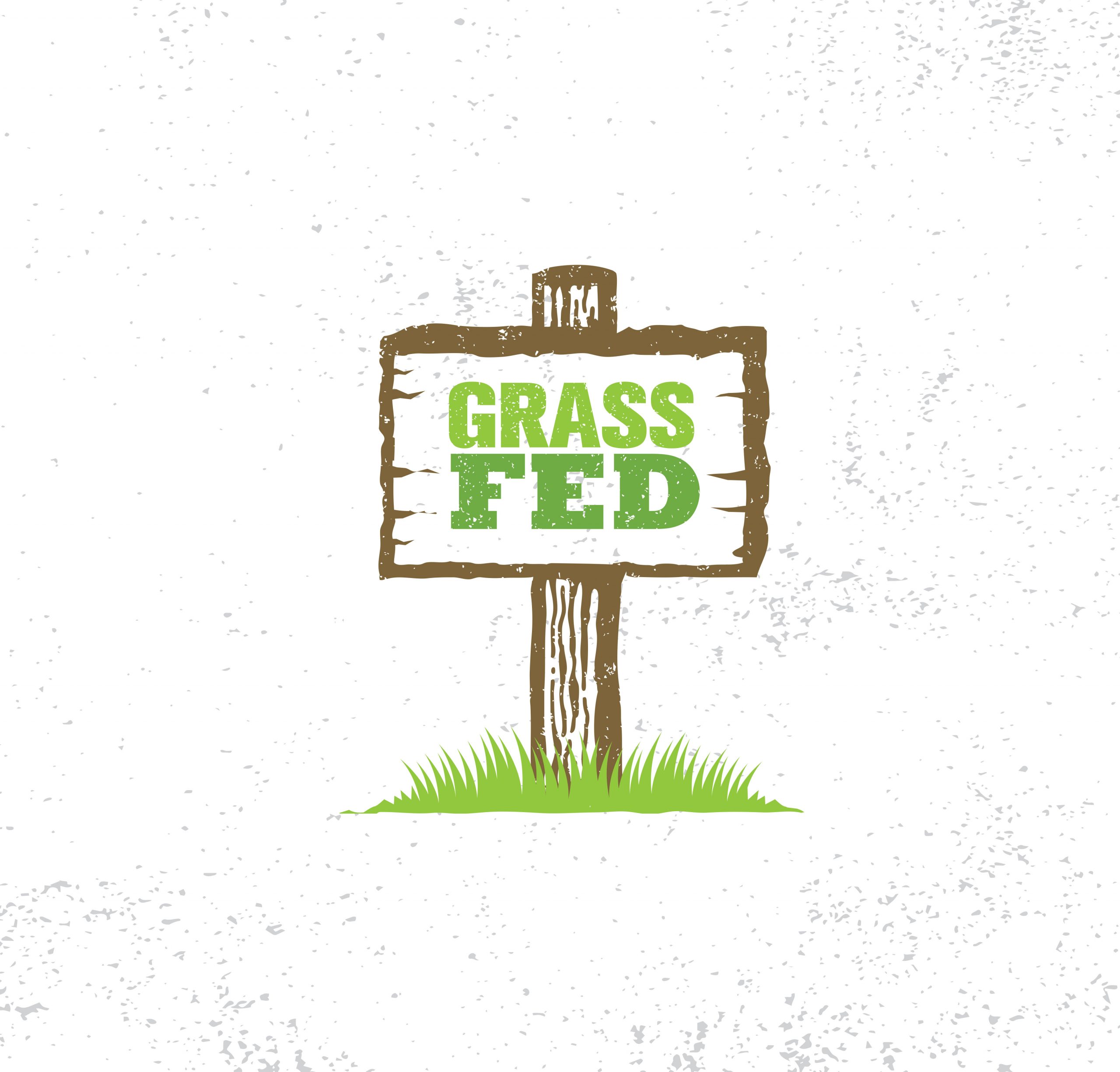
The discussion around whether to eat meat is controversial because many climate change experts suggest that livestock is contributing to the carbon load. However, supporters of rearing livestock within a mixed farming system argue that reducing livestock and separating them from crops creates the need for more artificial fertilisers.
Either way, there’s certainly plenty of health reasons to eat grass-fed beef or lamb rather than those intensively reared. This will help reduce intake of growth-enhancing hormones fed to livestock and certain pesticides, but also has a positive bearing on carbon load.
Eat local and seasonally
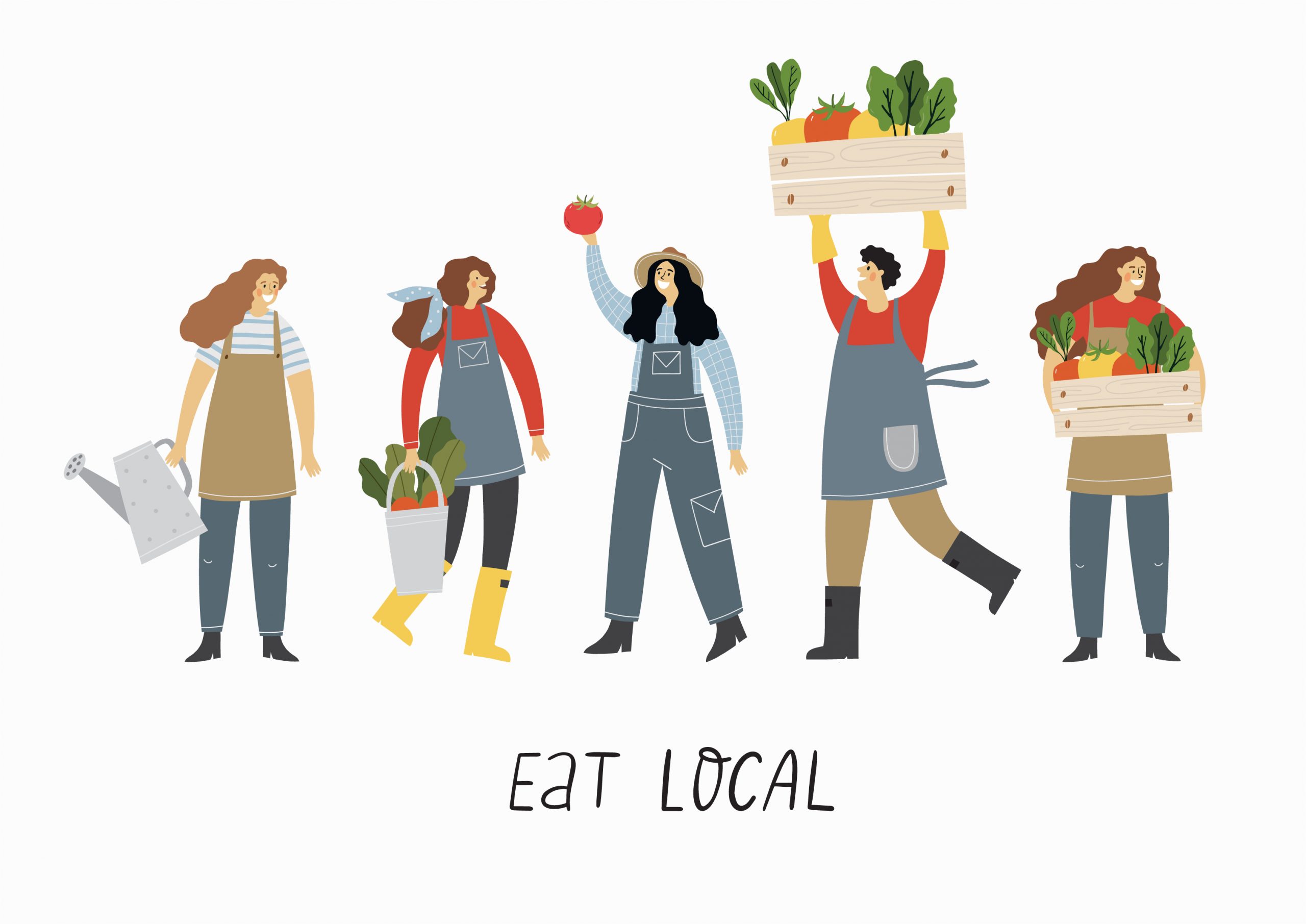
Eating with the seasons, as nature intended, is best for the body; nutrient content of food will be higher, and you’ll nourish your body better. Good examples are the greater availability of warming root vegetables in the winter and high-antioxidant fruits such as berries in the summer. They help protect the body against damaging free radicals caused by too much sun exposure.
Figures suggest that only half of all the vegetables grown and less than 20% of fruit is eaten in Britain, partly because demand from consumers is for year-round choice. However, if we eat seasonally and support local farmer’s markets or vegetable box distributors, there would be less transport around the world, dramatically reducing carbon footprint.
Waste less
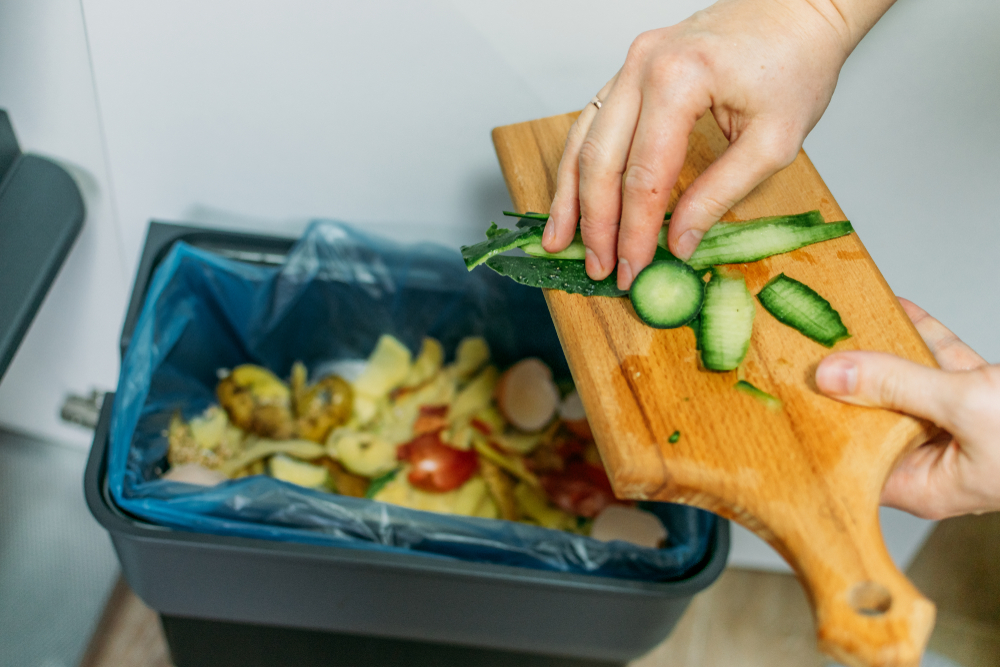
Food waste across the planet accounts for a whopping 8% of our total emissions. People generally don’t realise that many of the nutrients in fruits and vegetables are found in the skin or just below. Jacket sweet potatoes are a good example of this.
Recipes for banana skin curries from celebrity chefs, making excess fruits into jams or chutneys and turning leftover bread into beer, are all becoming more popular. And for another great health ‘win’, boiling up meat and fish bones for stock provides a nutrient feast.
It’s also important to reduce single-use plastics. Ideally aim to cook food from its raw state (as nature intended), as well as buying produce from greengrocers who only use paper bags.
Harness the power of pulses
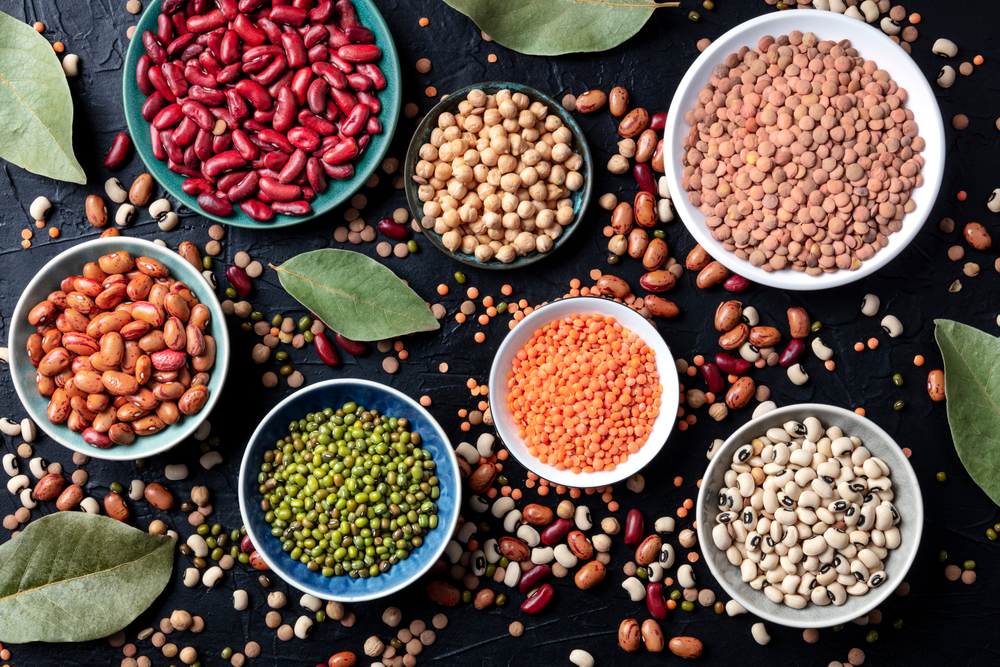
Pulses are essentially the edible seeds of plants in the legume family. This term is limited to crops harvested as dry grains rather than those harvested while still green. Examples include dry beans, lentils, chickpeas, and dry peas. These foods pack a real punch when it comes to their nutrient content, providing a great source of protein as a credible meat-alternative. Even better, pulses are self-fertilising and naturally nourish the organic matter in soils.
Go for oats at breakfast
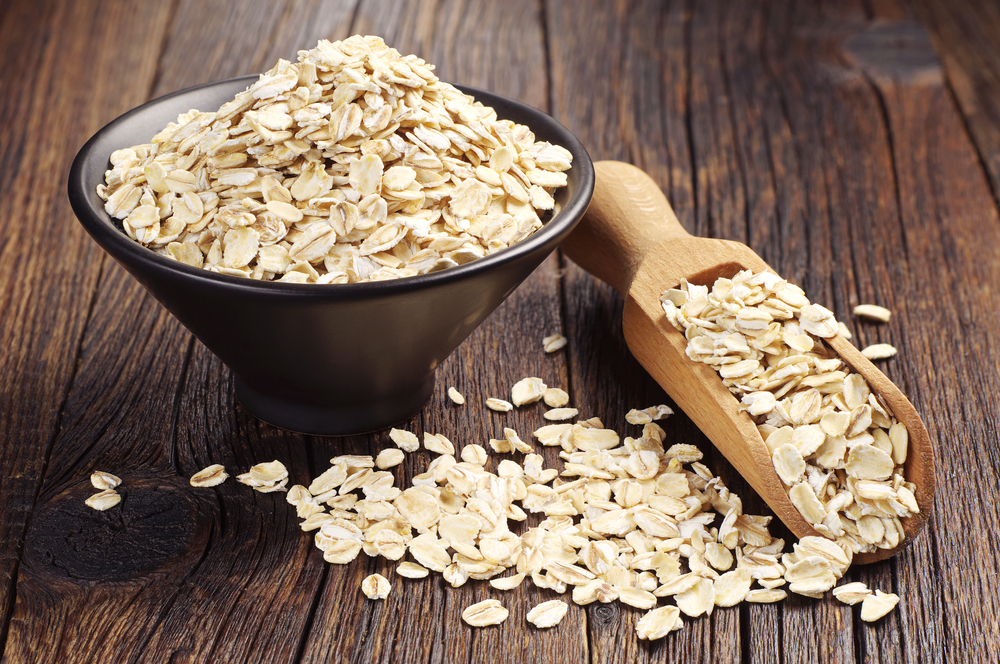
Not only are oats a great start to the day due to their ability to balance blood sugar levels and provide sustained energy, but they also play an important role replenishing soils during rotation periods. Soils become damaged and overworked if they are only utilised for monocrop farming. However, if oats are sown in between other harvests, they can help put something back.
As with all crops, there is the potential to grow oats intensively and enhance production with artificial chemicals but purchasing organic oats can help. Try to swap to oats versus the over-consumed sugary laden wheat and maize-based cereals.



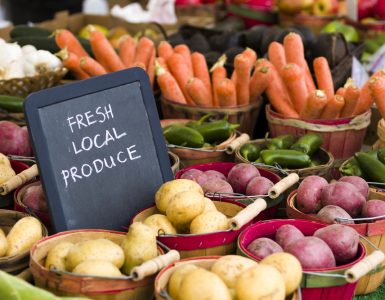


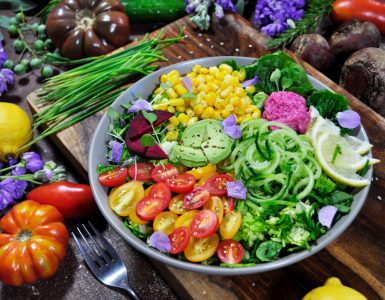

















Add comment